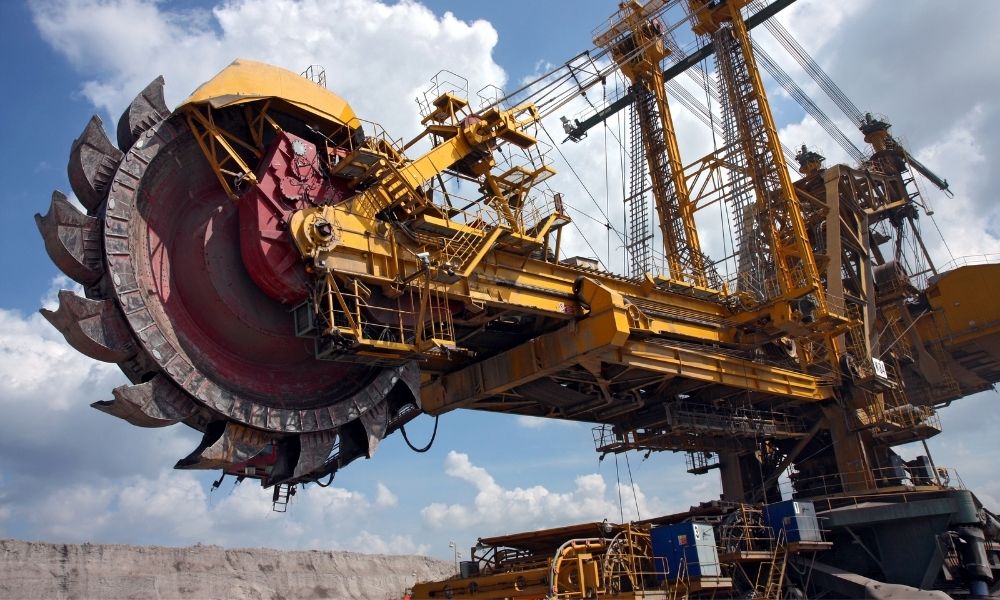How Elevators Work and Their Different Uses

Tall buildings and skyscrapers are a common sight in big cities. And with so many people living and working in high places, it’s no wonder these structures need a way to move people quickly and efficiently from the ground level up to the higher floors. That’s where elevators come in.
Elevators are special types of lifts used to move people or goods vertically between the floors (or levels) of a building. Let’s look at how elevators work and their different uses that you might see in everyday life.
How Do Elevators Work?
Elevators typically have four main parts: the cab (or cabin), the counterweight, the hoistway, and the doors. The cab is the actual elevator vehicle that passengers ride in. It suspends from a steel cable (called a hoist) that runs over a pulley at the top of the elevator shaft. The cab is attached to the hoist by a large metal frame called the counterweight, which helps to balance and stabilize the elevator.
The doors are at the front and back of the cab. They open and close automatically to let passengers in and out. The hoistway is the shaft where the cab and counterweight travel up and down. It is typically lined with fire-resistant walls to help keep people safe in an emergency.
How Elevators Are Powered
Elevators receive power from the electric servo motors that drive the hoist. The engines use a computer system to regulate the elevator’s speed and movement. Sometimes, these servo drives need replacing to keep the elevator running smoothly.
The load determines the speed of an elevator it carries and the distance it needs to travel. A typical elevator can travel at a rate of around 1,000 feet (300 meters) per minute.
Different Elevator Uses
Elevators are used extensively in both residential and commercial buildings. They are often used in multi-story buildings to move people between different floors. In office buildings, they are used to transport people and goods between other floors. In residential buildings, elevators move people and their belongings between different floors.
Elevators can also work well in other structures, such as stadiums, bridges, and dams. You might also find them in some aircraft and ships.
One of the most famous uses of an elevator is the Eiffel Tower in Paris, France. The tower has 32 elevators that transport people between its three levels.
Elevators are also used extensively in the construction industry. They lift materials and equipment to the upper floors of a building under construction.
Understanding how elevators work can help you appreciate the engineering feat that makes these structures safe and reliable. It can also help you to understand how to use them safely in your everyday life.
Next time you’re in a tall building, take a moment to appreciate the engineering wonder that is the elevator!




